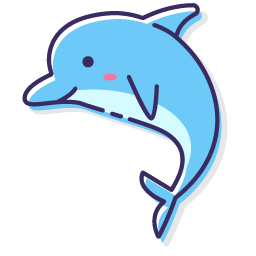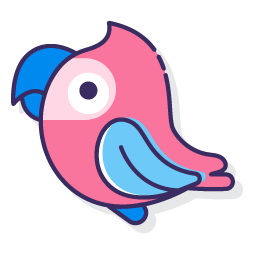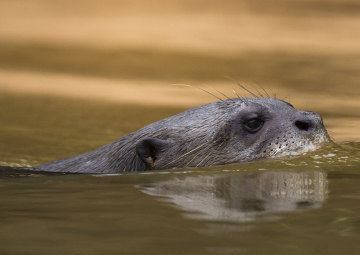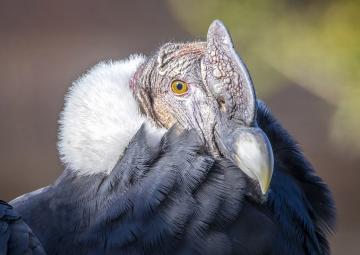Birds
The use of operant conditioning in Australian pelicans (Pelecanus conspicillatus)
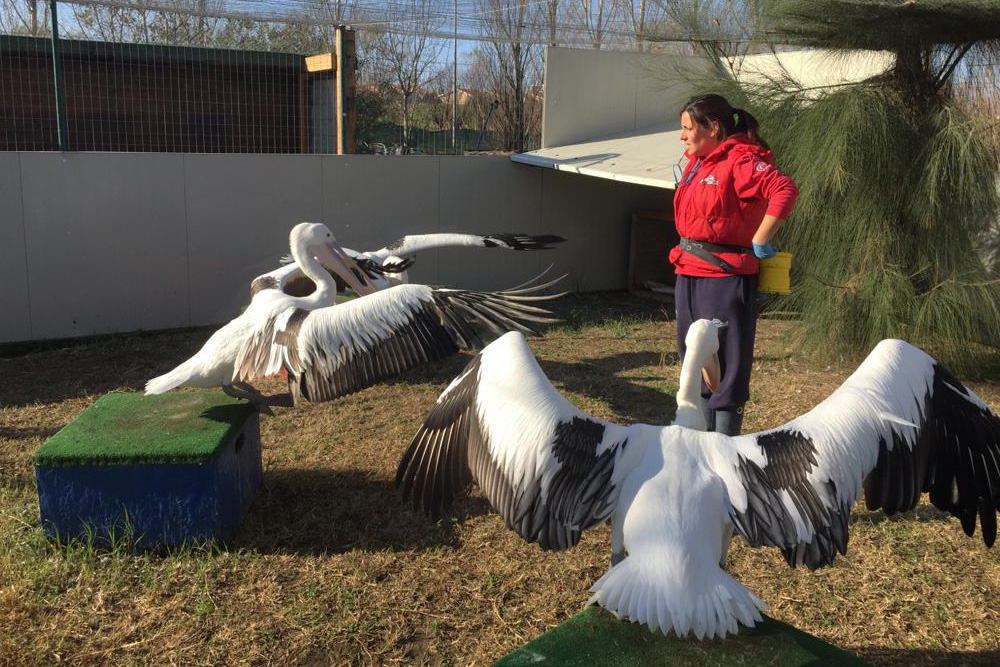
In the summer of 2012 Zoomarine Italy decided to host a young, small group of Australian Pelicans (Pelecanus conspicillatus) in the vision of implementing them into the bird collection.
With the arrival of these animals a lot of questions and doubts needed to be answered: are they social animals? What is their correct diet? How can we control their health? How can we manage these big birds?
Zoomarine has a recognized husbandry program that allows the cooperation between animals, trainers and veterinarians. So the key to our question was easy: TRAINING!
Via the use of operant conditioning with an emphasis on positive reinforcement, training can allow birds to learn to voluntarily participate in husbandry and medical behaviors and potentially avoid or reduce stressful circumstances.
The relationship and trust that you achieve with your animals are the most important bases for successful training, so, the first steps were spent with the most time as possible in the enclosure, outside of food sessions, so that they could accept the presence of trainers. With time, trust and calm took the place of fear and nervous behaviors and we could start our progressive goals.

Considering the goals to have a successful training program with these animals, we had to go by priorities. After all staff members agreed with the plan to follow, we decided that the main priorities were:
1. Changing the food habits:
In the prior facility before their arrival at Zoomarine, they were eating just chicken. So the first step was to change their diet from chicken to fish. Slowly we started to habituate and train the animals to eat the species of fish that we use, and during training sessions the goal was to always increase the quantity of fish while decreasing the amount of chicken. Our focus was mainly in using two species: capelin and herring.
With around three or four sessions a day we were able to get them to eat just fish in a matter of days. During this process of the food changing, we inserted the bridge during training sessions. This process was how we all do it with other animals when we train the bridge: every time that we gave a fish to the animals, we bridged. Doing this several times during all training sessions they started to understand the meaning of the bridge with time. When we realize that they understand it, we could go forward with more specific training.
2. Training the target:
We trained them to touch or direct a body part to a specific item, such as a hand, stick or overturned tube. Using the target technique, we could direct animals from one place to another or to move specific body parts in a way that we desire for future checks.
3. Stationing:
After training the target, one of the most important training that helped us a lot with these animals was stationing. So we decided to create three platforms, one for each animal, and the most interesting thing was that each one had a station with a different color. Using the system of different colors and training the animals to discriminate their own color gave us a much more efficient way of managing these animals during a training session.
4. A to B:
Since Pelicans are aquatic animals and we were using operant conditioning like we do with the marine mammals in our facility, we decided to train them to respond to water control, exactly like our sea lions. Or better, we trained them to respond to a simple A to B.
During training sessions when we gave the cue of “water”, the animals’ wanted behavior was to go in to the water, and if the animals were in the water already we just had to call them by their names and they will come to us.
So the purpose of this A to B was to move them in and outside the water.
All of these 4 main goals are considered husbandry behaviors and facilitate the day to day operation of a facility that manages birds on exhibit.

After having a very high amount of success with these first goals, later, our vets asked us to go a step forward.
To complete our training program and to follow Zoomarine’s philosophy of animal welfare, we needed behaviors that involves procedures that monitor or attend to the physical condition or health of our pelicans. Preventive medicine with birds can be highly effective due to birds’ innate tendency to mask symptoms.
Already having the knowledge of the training techniques we decided to start training the animals to voluntarily participate in several behaviors such as:
- Standing on a scale to obtain a weight.
- Allowing general tactile exams (foot, beak, head, feathers, wings, etc.)
Thanks to this successful training program we improved the quality of life of our pelicans and with these results we were able to do a didactical presentation to our guests.
This helps us to promote important issues like conservation, biodiversity and related topics to the great public. Approaching the people to animals under the expert’s supervision is a powerful and demonstrated method in promoting wildlife conservation and in raising awareness in how important the respect of all species is.
To conclude, I would like to thank all the tropical and aquatic bird staff of Zoomarine Italia for their hard work and dedication. All this has allowed to present this work in several conferences such as:
- IMATA Bahamas 2015
- EAZA 2014
And remember, if it’s possible, WeZooit!
Visit our YouTube channel and you will be able to see the video related to this article.
{youtube}https://youtu.be/PKBZx7CZjYo{/youtube}







